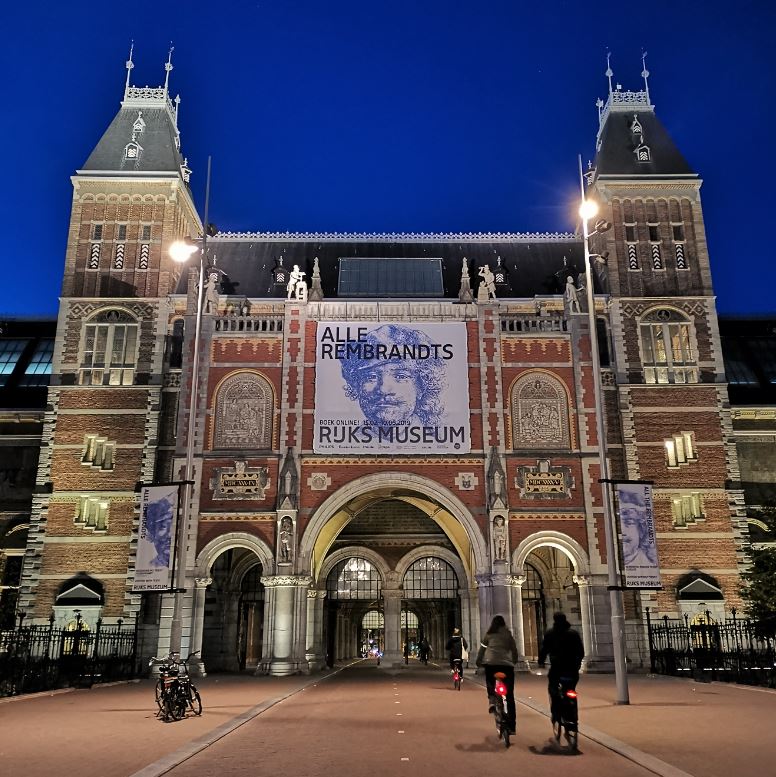Have you ever been to Amsterdam? If you have you possibly walked, or cycled, underneath the impressive building that houses the Rijksmuseum. Located at the heart of Amsterdam’s Museum Square, it is one of the world’s most renowned art museums and an absolute must-see when visiting the city. We recently visited the museum and were impressed by these highlights.
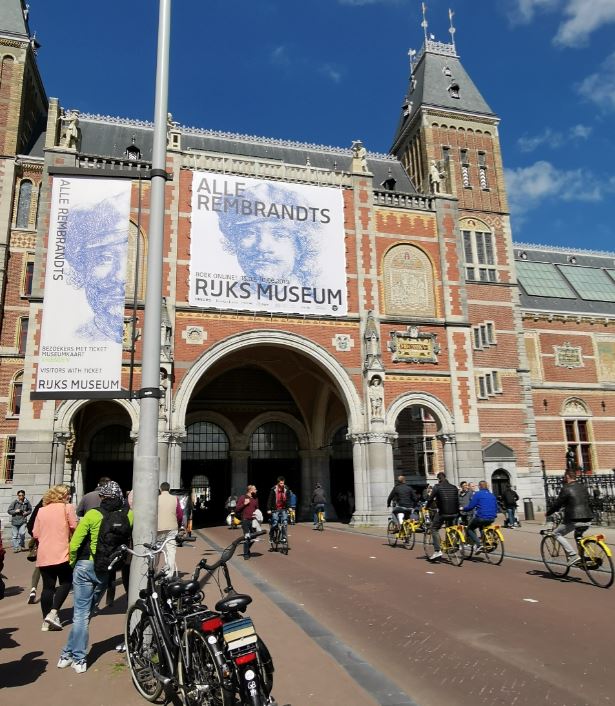
THE BUILDING
The Rijksmuseum was founded in The Hague in 1800 and moved to Amsterdam in 1808, where it was first located in the Royal Palace and later in the Trippenhuis, a 17th-century town-palace. Unfortunately the Trippenhuis proved unsuitable as a museum and a design contest for a new national museum for the Netherlands was held.
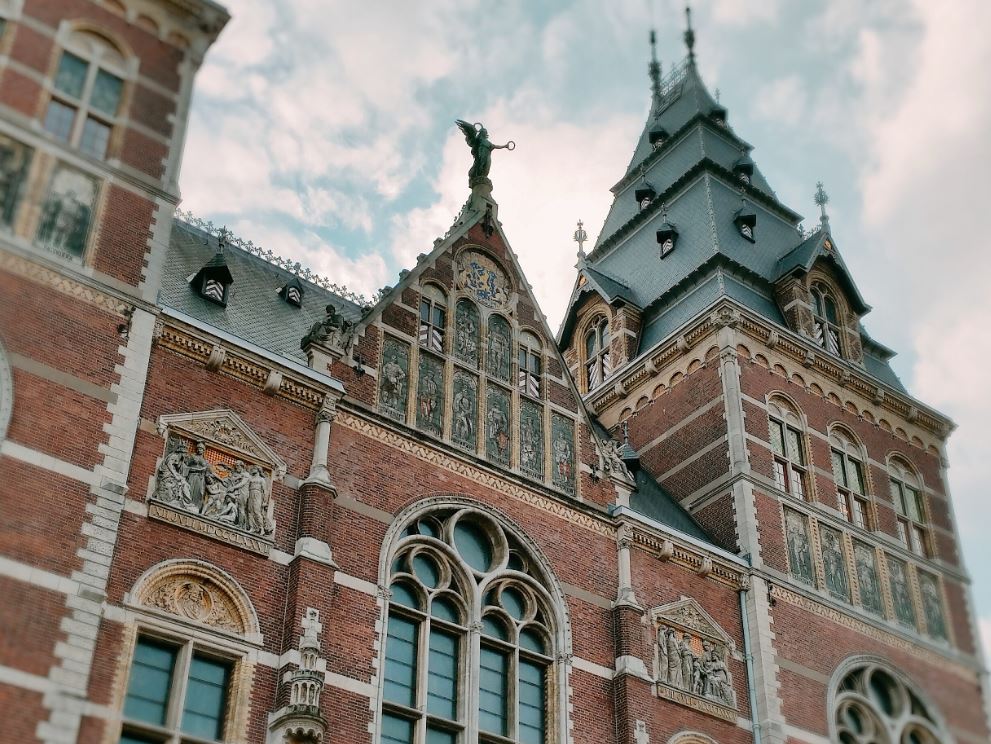
Architect Pierre Cuypers – who also designed the Amsterdam Central Station – was awarded the project. Cuypers’ design, which combined Gothic and Renaissance styles, was not well-received as people considered it too medieval and not Dutch enough.
Construction on the Rijksmuseum began in October 1876, and was completed six years later. The municipality of Amsterdam provided the building site for the new museum at no charge, but demanded a thoroughfare for city traffic along the central axis of the building. This was incorporated in the final design, which featured towers positioned symmetrically on either side of a central passageway, highlighting the building’s function as a landmark gate from the historic inner city to the southern districts.
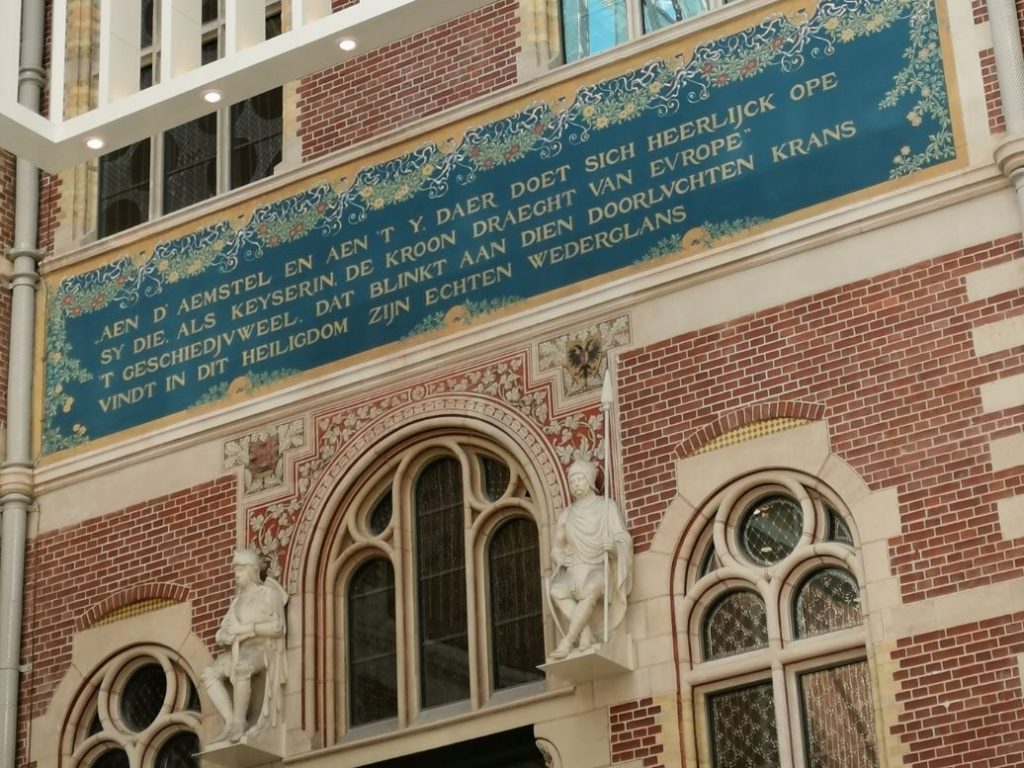
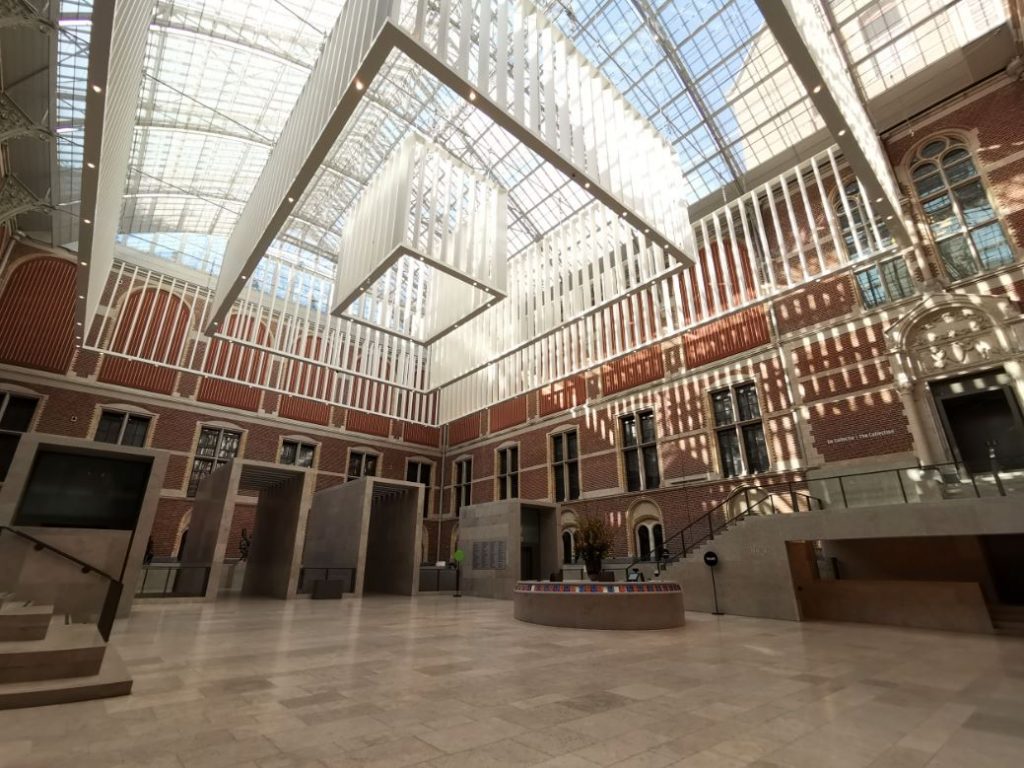
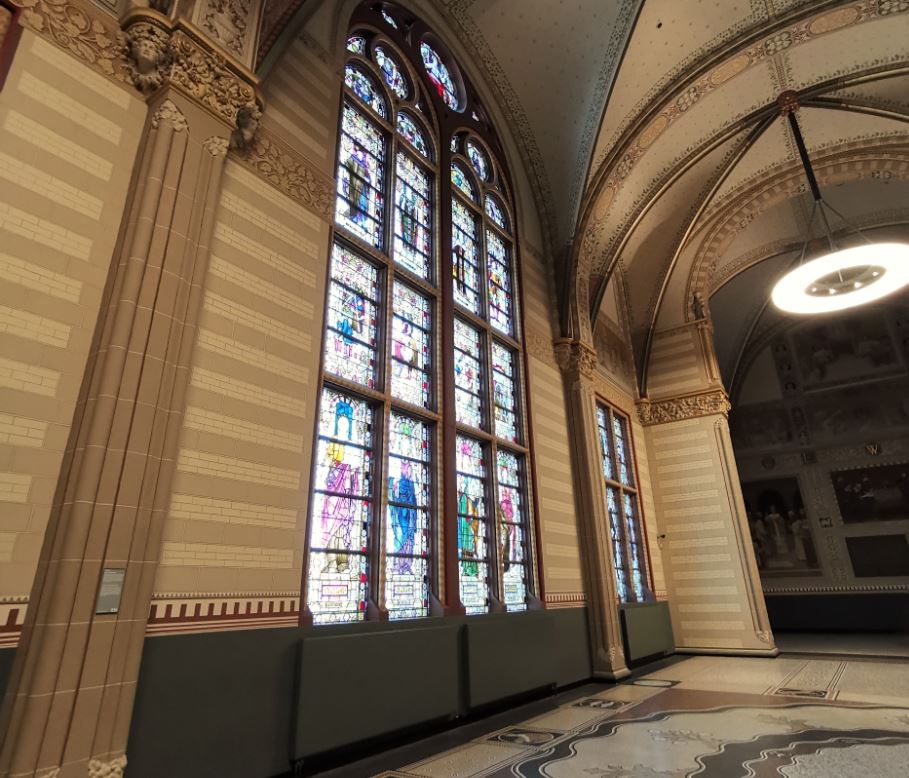
THE COLLECTION
The Rijksmuseum tells the history of The Netherlands, from the Middle Ages to the present through a collection of more than 8,000 items. These include paintings, drawings, silver, porcelain, furniture and other objects.
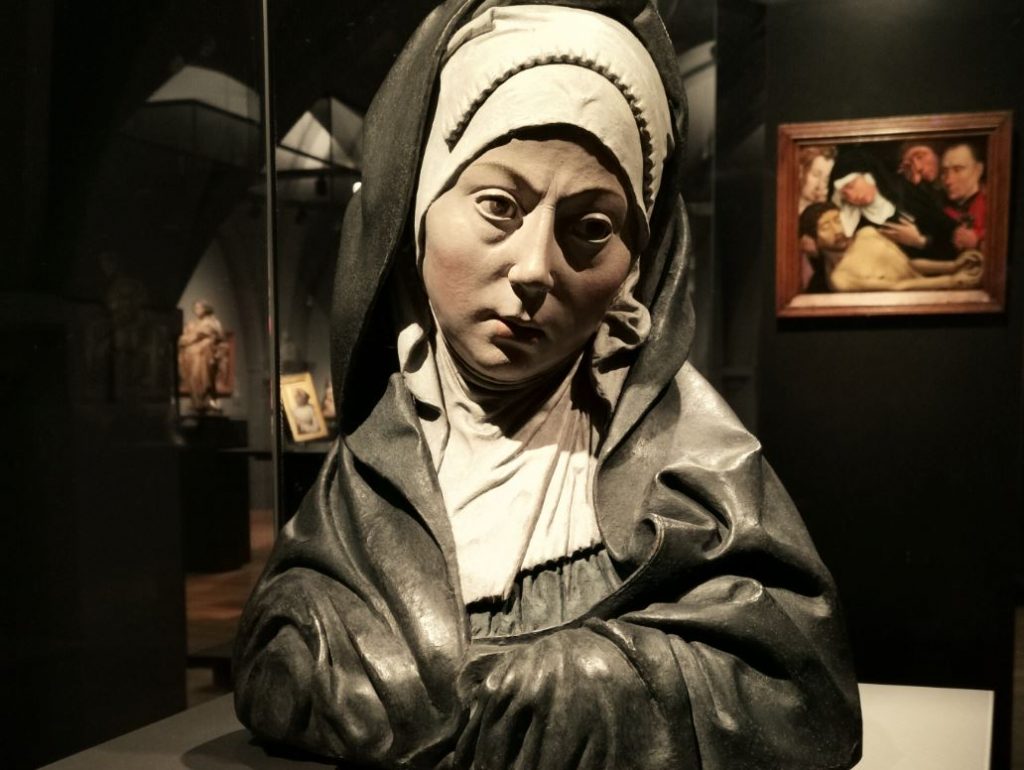
The moving terracotta bust of the Virgin as Mater Dolorosa (Our Lady of Sorrows) is one of those remarkable objects. The bust showing the Virgin lamenting the death of her son Jesus, was probably made (c.1507 – c.1510) by Pietro Torrigiani. Torrigiani was an Italian living in Bruges (Belgium), where he was in the service of Archduchess Margaret of Austria. For Margaret, herself a grieving widow, the theme of Mary’s mourning had great resonance and the figure’s lifelike appearance made it easier to identify with the Virgin’s sorrow.
Centrally located within the Rijksmuseum, the Gallery of Honour is an extended corridor directed towards a clear focal point: the Night Watch Gallery. Alcoves on either side of the gallery display masterpieces by some of the great artists of the seventeenth century.
Johannes Vermeer (1632-1675) is one of the most celebrated Dutch 17th century masters. Vermeer, the son of a silk worker who bought and sold art, lived and worked his entire lifetime in Delft. Vermeer painted intimate genre paintings in which the subject is engaged in some everyday activity, usually in the light of a nearby window.
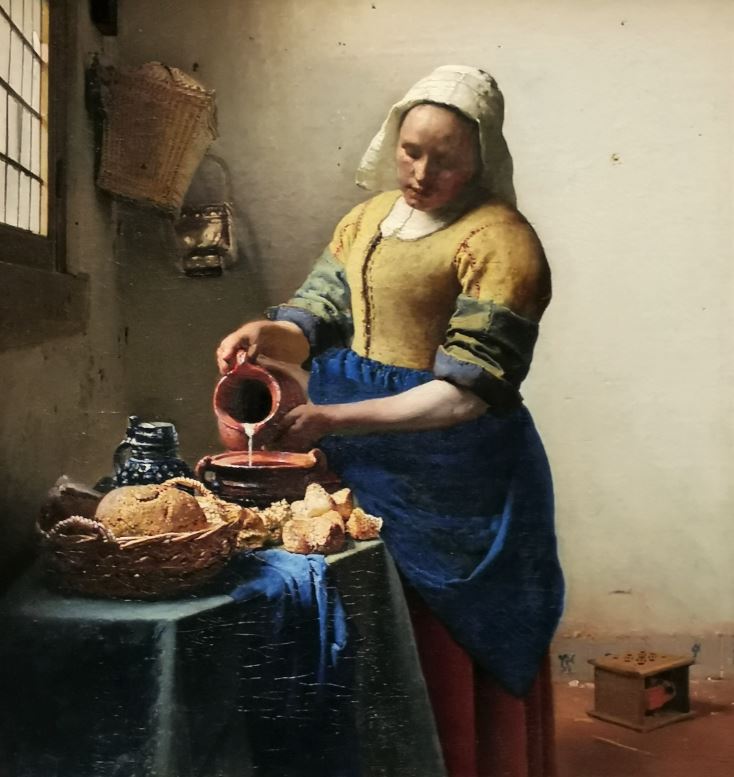
One of his most famous works is “The Milkmaid” (c.1660), a painting of a maidservant pouring milk. Vermeer took this simple everyday activity and made it the subject of an impressive painting in which the woman stands like a statue in the brightly lit room.
Another favorite work by Vermeer is his world-famous “Little Street” (c.1658). Here Vermeer pictured two ordinary houses in Delft. Located in the Vlamingstraat 40–42 in Delft, the house on the right is where Vermeer’s aunt lived until her death in 1670.
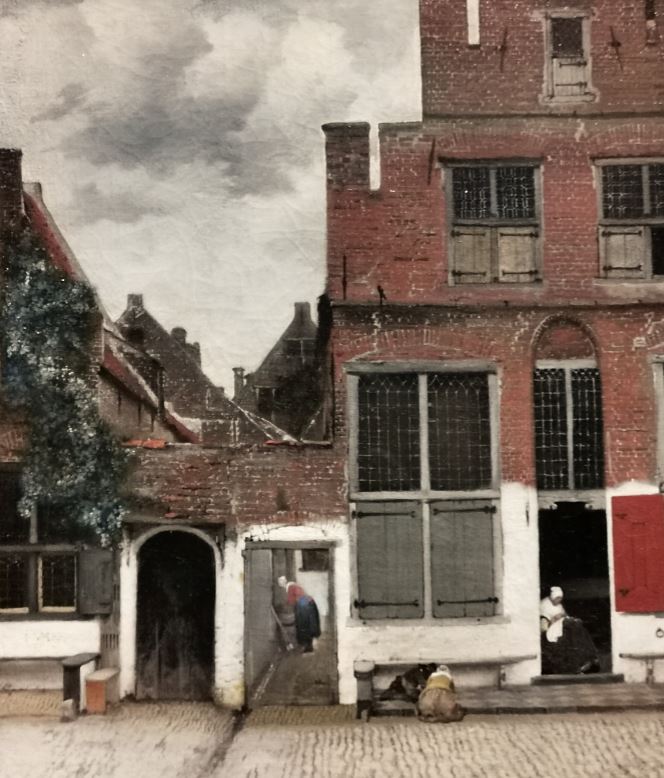
The Threatened Swan (c.1650) by Jan Asselijn is another one of our favorite paintings. It shows a swan fiercely defending its nest against a dog. This scuffle was later interpreted as a political allegory: the white swan was said to symbolize the Dutch statesman Johan de Witt (assassinated in 1672) protecting the country from its enemies.
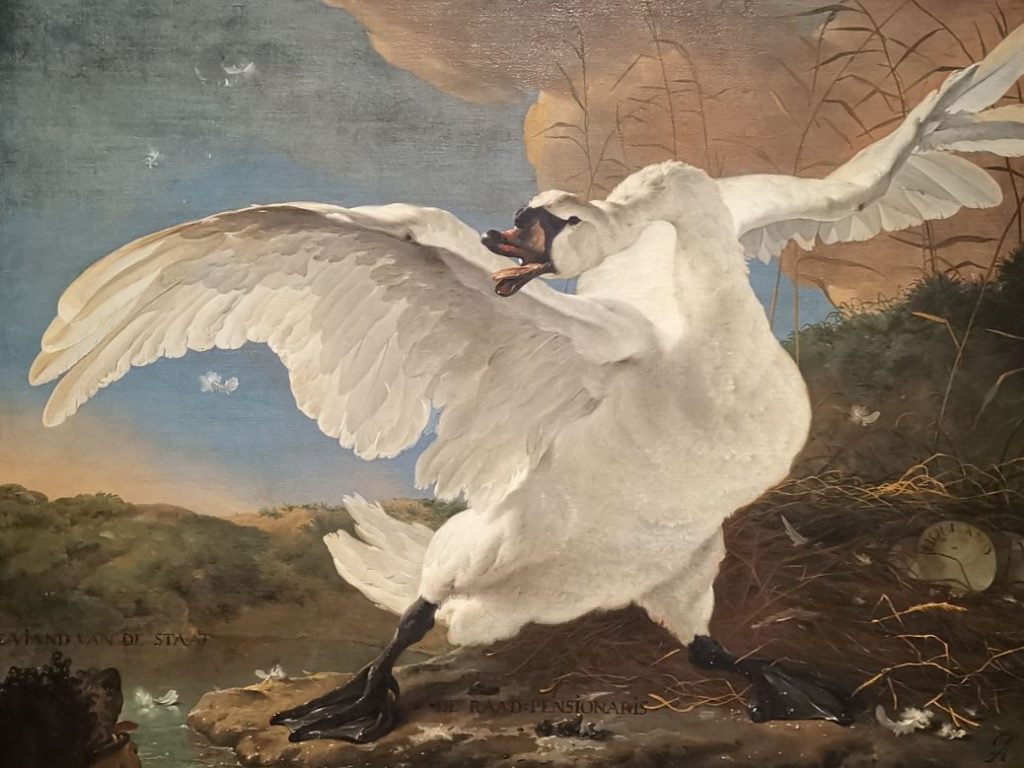
A large scale reproduction of Asselijn’s work can be found at the centre of Rijksmuseum at Sea onboard Holland America Line‘s Westerdam. Rijksmuseum at Sea features reproductions of some of the museum’s most famous masterpieces giving guests the opportunity to learn more about Holland’s history through art. For more details on Rijksmuseum at Sea visit “Holland America goes interactive with Explorations Central and Rijksmuseum at Sea.”
This year the Rijksmuseum marks the 350th anniversary of Rembrandt’s death with a year-long celebration showcasing the painter’s masterpieces. Rembrandts body of work comprises approximately 350 paintings, 700 drawings and 314 etchings. With 22 paintings, 60 drawings and 300 etchings the collection at the Rijksmuseum is the largest in the world.
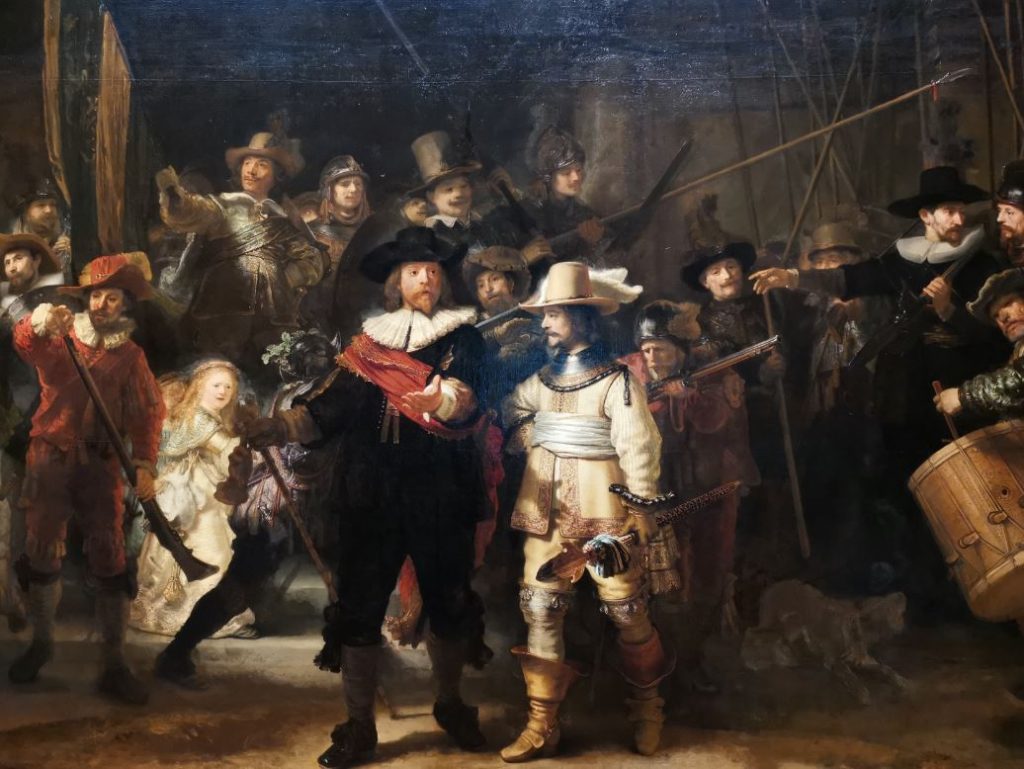
‘Militia Company of District II under the Command of Captain Frans Banninck Cocq’, or the ‘Night Watch‘ as Rembrandt van Rijn’s masterpiece is better known, was painted in 1642 for one of the meeting halls of Amsterdam’s civic guard, a militia company that protected the city.
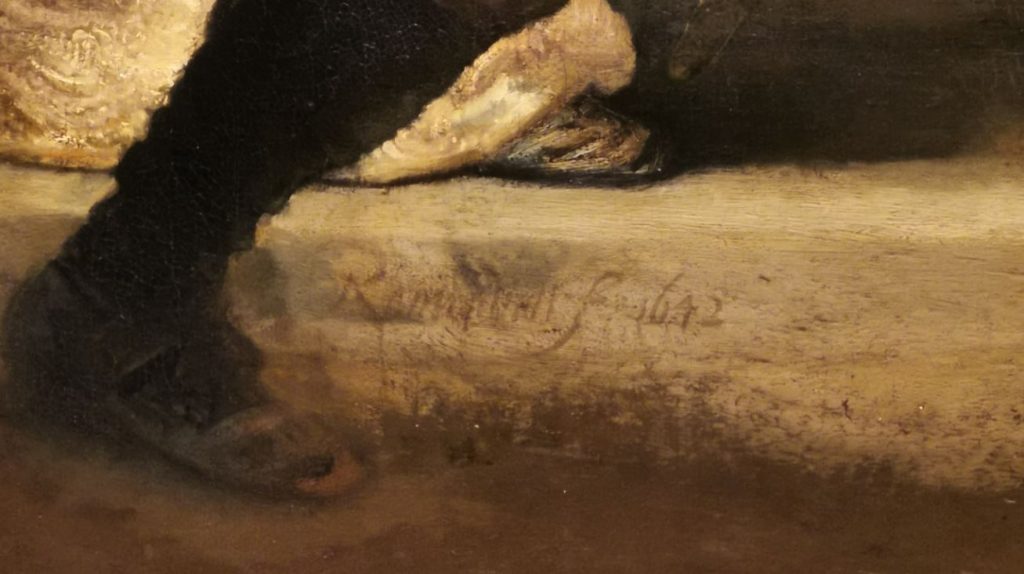
Rembrandt was the first artist to paint a group portrait with the figures in action and telling a story. Until then the people in such group portraits were either standing or sitting stiffly next to one another. The captain, dressed in black, is instructing his lieutenant to give the company orders to march and the guardsmen are taking their places. Rembrandt used light to draw attention to important details, such as the captain’s gesture and the young girl in the background.
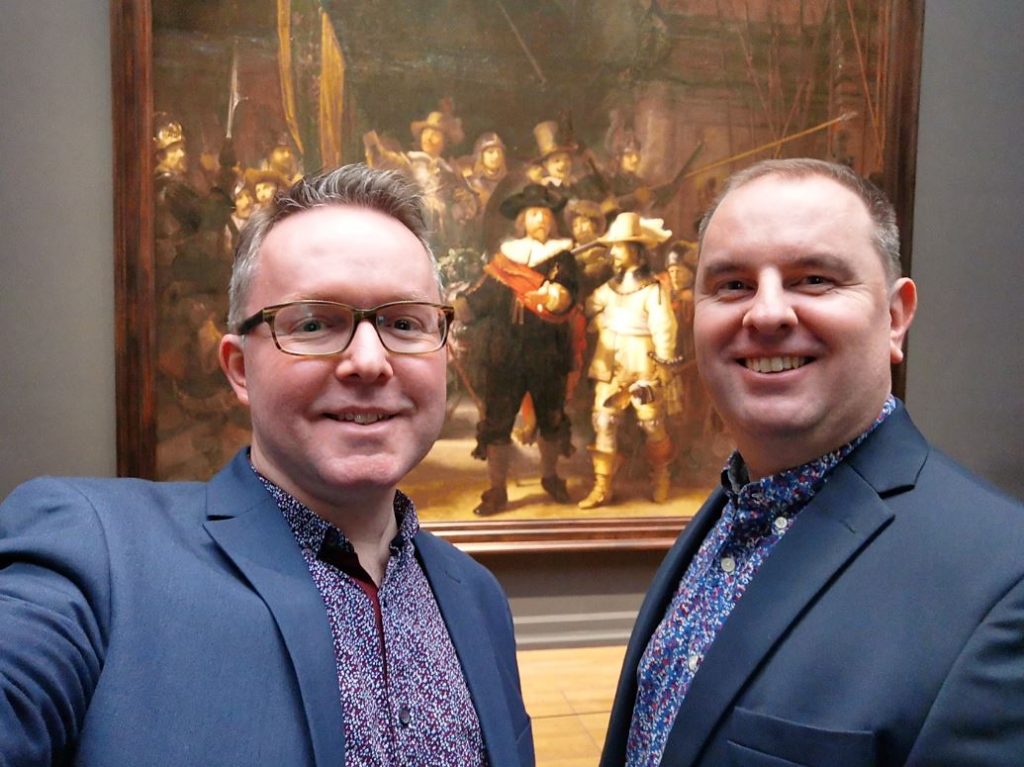
The Cuypers Library is the biggest and oldest – the library has been collecting works since 1885 – art history library in the Netherlands and one of the main art libraries in the world. Visitors, students and art historians can use the library’s 450,000 volumes to delve deeper into the Rijksmuseum collection. Other collections include: old auction and collection catalogues, plus collections of works on architecture, photography, European and Asian art and the museum’s former art schools. To facilitate the research iPads are available for general use and there is free WiFi access both in the library and throughout the museum.
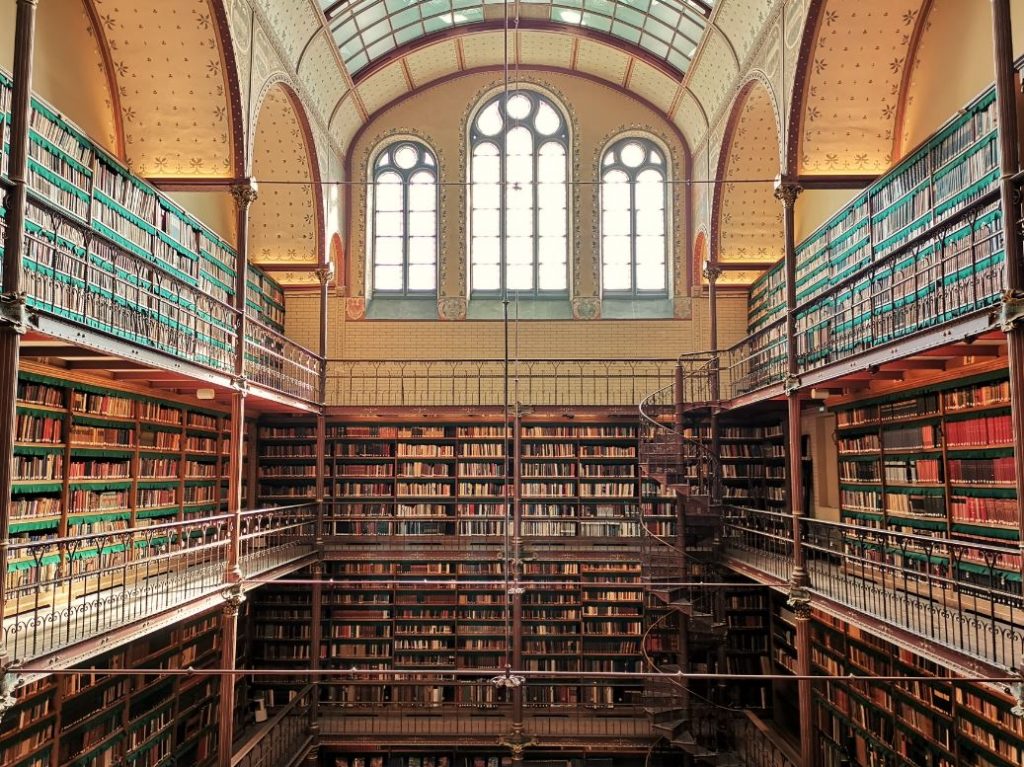
Curious to learn more about the history of The Netherlands? The Rijksmuseum is open every day of the year from 9:00 to 17:00.
Tickets cost €19 when you book online, €20 at the ticket counter (free under 18).
The Rijksmuseum Gardens, Rijks Shop and the Café are open to visitors without a ticket from 9:00 to 18:00.
